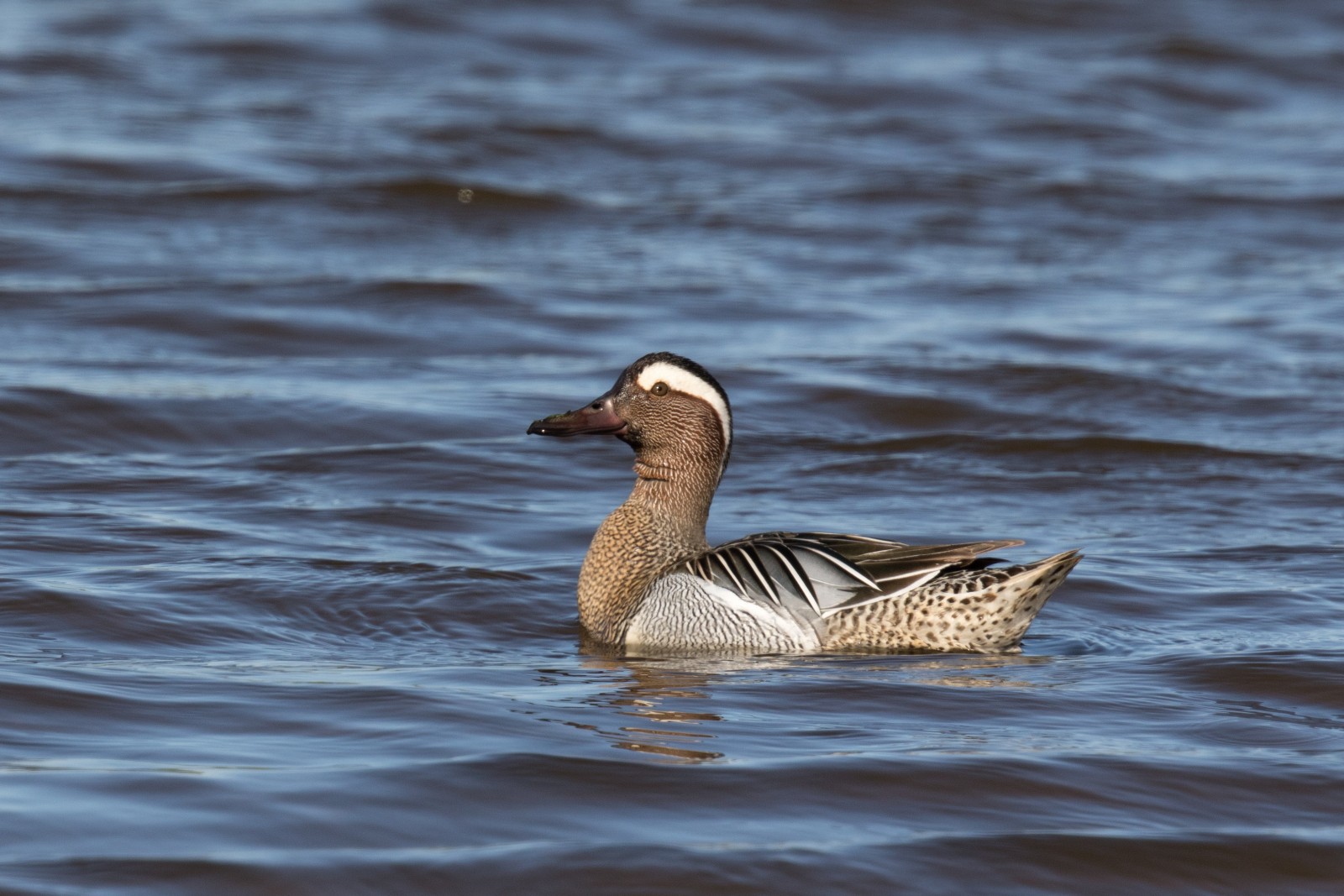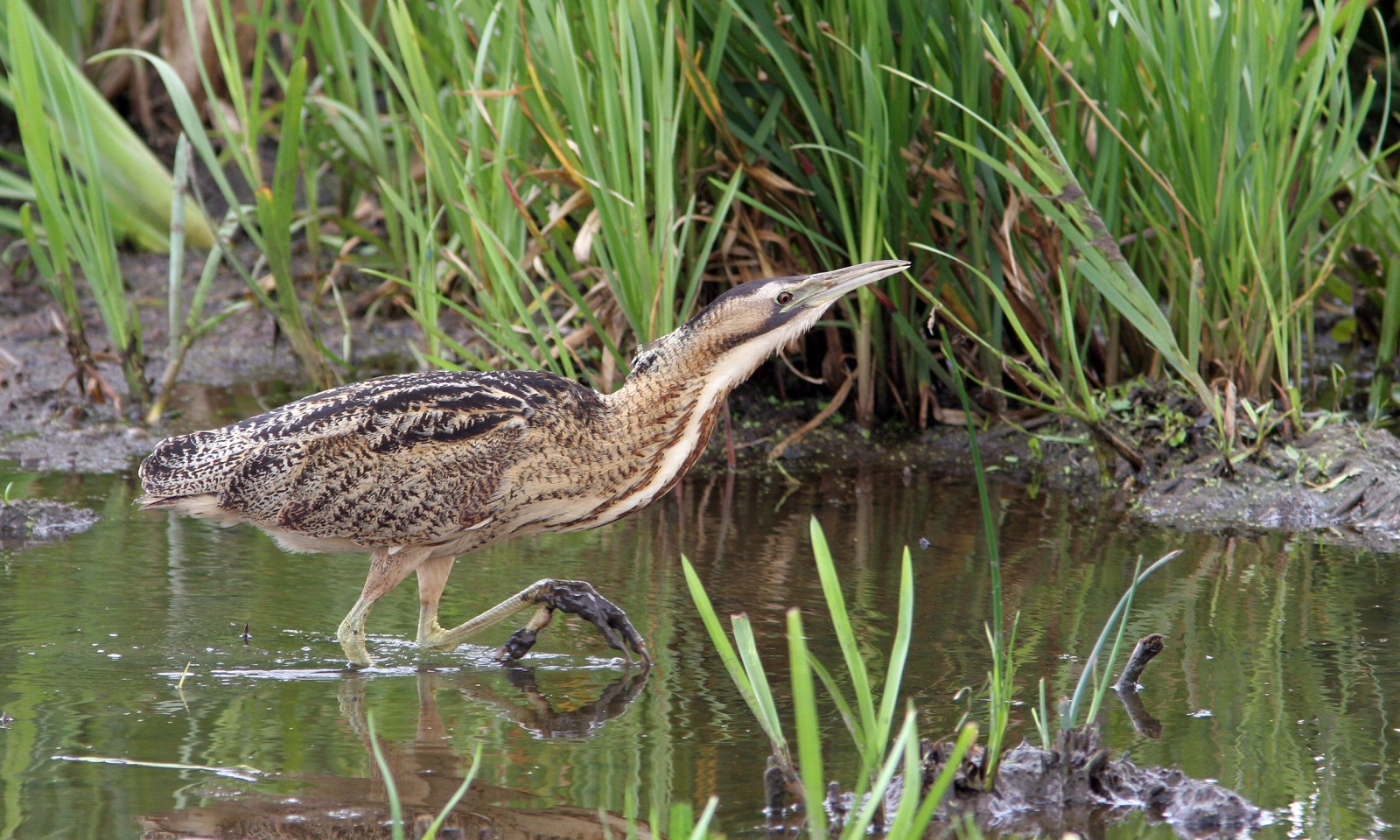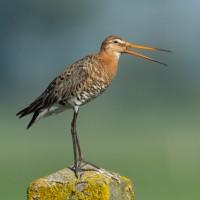Description
Even the industrial/urban area in the north of this region harbours quite some good species in winter, like Eurasian Wigeon, Gadwall, Tufted Duck and Common Pochard. They can be common near te sewage works, as do gulls Little Grebe and Greylag Goose.
In recent years Great Bittern has become almost annual (often more then one) and some years Bearded Tit turns up. There's a big breeding population of Reed Warbler (>20 pairs) as do Cetti's Warbler and Reed Bunting in small numbers. In some years even Bluethroat breeds here.
The meadow areas further to the south, especially those along the railway hold most of the time waders in late winter and spring. Black-tailed Godwit, Wood Sandpiper, Green Sandpiper, Ruff, Little Ringed Plover (breeds some years), Dunlin, Common Snipe, Jack Snipe and others are seen annual. In winter this area often holds Water Pipit. In wet years species as Garganey and Northern Shoveler can be breeding here. Irregular breeders are Reed Bunting, Cetti's Warbler and European Stonechat.
The area more to the south can hold Common Kingfisher, Grey Wagtail, European Stonechat and the same species mentioned earlier, but chances on these are more remote.
Details
Access
The area is accessible on foot and bike




